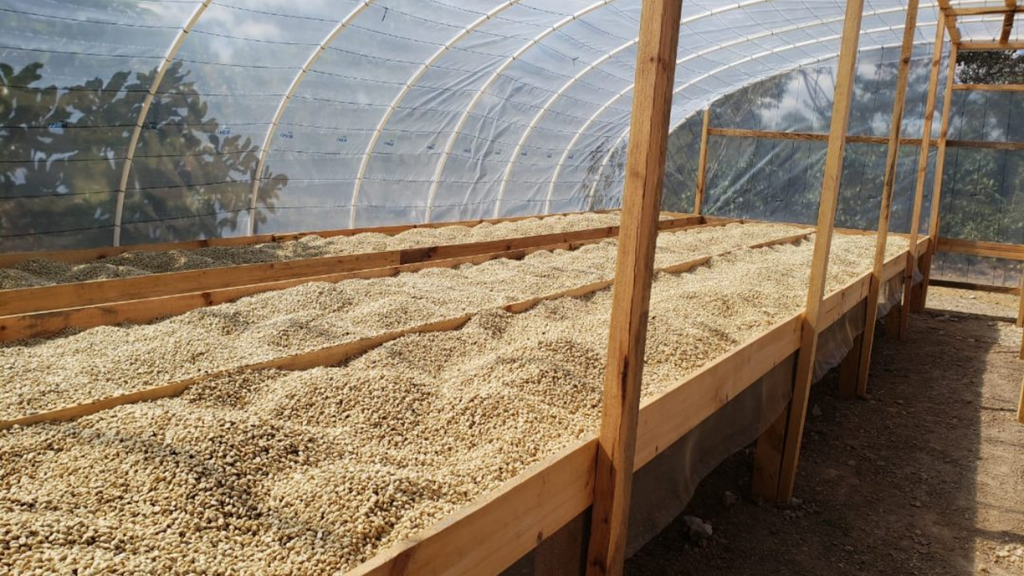Some Thoughts on "Transparency" in Coffee

A lot of talk in the specialty coffee business has been about “Transparency”. Specifically, people want to make sure producers (farmers) are being paid fairly. There have been a few attempts – stops and starts – and well intentioned movements that, unfortunately, failed to really produce the kind of transparency people want to see.
FOB Pricing – Free On Board
Some roasters joined together and committed to posting FOB pricing online. FOB is “free on board”. That’s the price that has been paid to the exporter when it legally changes hands as it’s loaded onto a ship. Problem is, that pricing model left a huge gap between what the exporter was paid and what the producer was paid.
There are other large-scale attempts by international organizations “certifying” that products are traded fairly. Unfortunately, as far as transparency goes, these have been an abject failure.
What about “Direct Trade”
Direct Trade, with all of it’s positive connotations, has yet to be clearly defined and tends to muddy the waters of transparency even more. We’ve talked a lot about direct trade, what it means, how it’s compared to Fair Trade and more. You can check that out on our YouTube Channel.
Farm Gate Pricing
I don’t pretend to have an answer to all of this. I am personally excited about the continuing discussion that is happening in this area and the desire of coffee people to move this idea forward. As of today, if this is something that you are concerned about, the best thing I can tell you to do is look for “Farm-gate” pricing. This is the price that a producer is paid for coffee. It’s called “farm gate” because traditionally, just like it sounds, it’s money handed to a producer at the gate of their farm (some things are not complex).
Farm-gate pricing may not always be available. That doesn’t mean the coffee is “bad” or “evil”. It most likely means it’s just not documented clearly or the importer has a different (not BAD – just different) business model.
Also, farm-gate pricing is going to vary in different situations. The cost of growing coffee in Honduras is different than El Salvador, which is different than Ethiopia which is different than Sumatra, which is different than…… and on and on and on. So Farm-gate pricing for a similar quality coffee is always going to be different in these different locations.
“What Can I Do?”
If you’re buying “specialty” coffee and can find Farm Gate pricing from your roaster, compare that price to the current “C” futures market (Google “C Market Coffee Price”.) Generally, if you’re buying specialty grade coffee, the Farm-gate price should be significantly higher than the C Market price.
This is one of the reasons I love working with suppliers like Honduran Coffee Alliance (among others). Not only do we readily have this information available, but we know resources are going back to these producers to help improve their communities, their farms, their businesses and their families.

